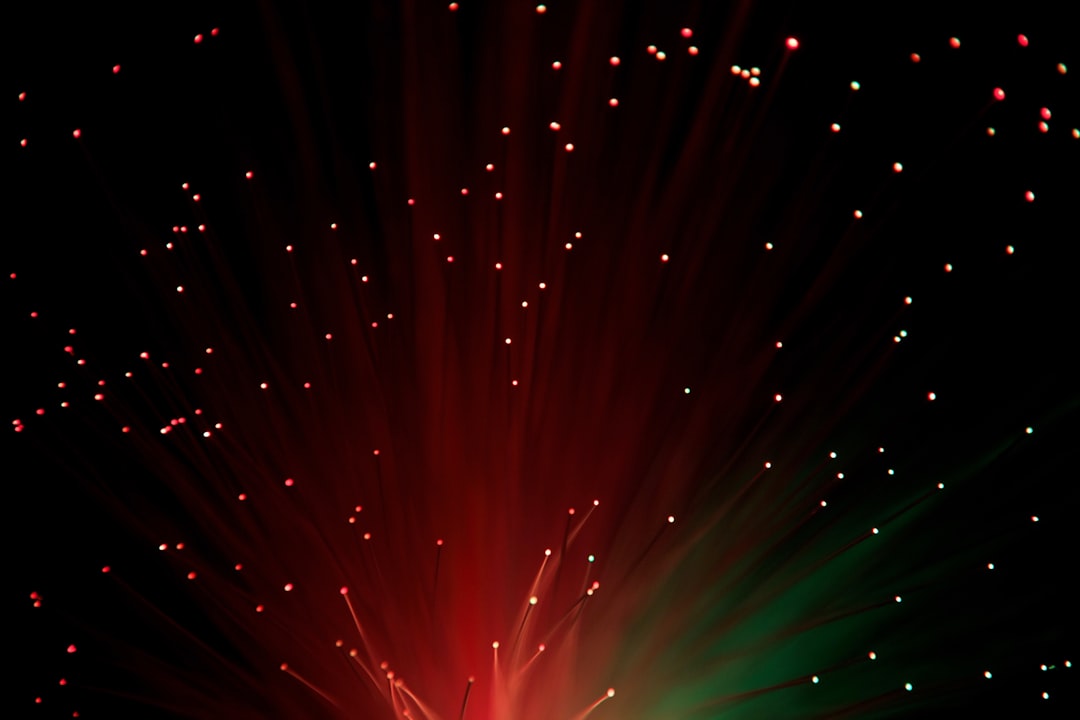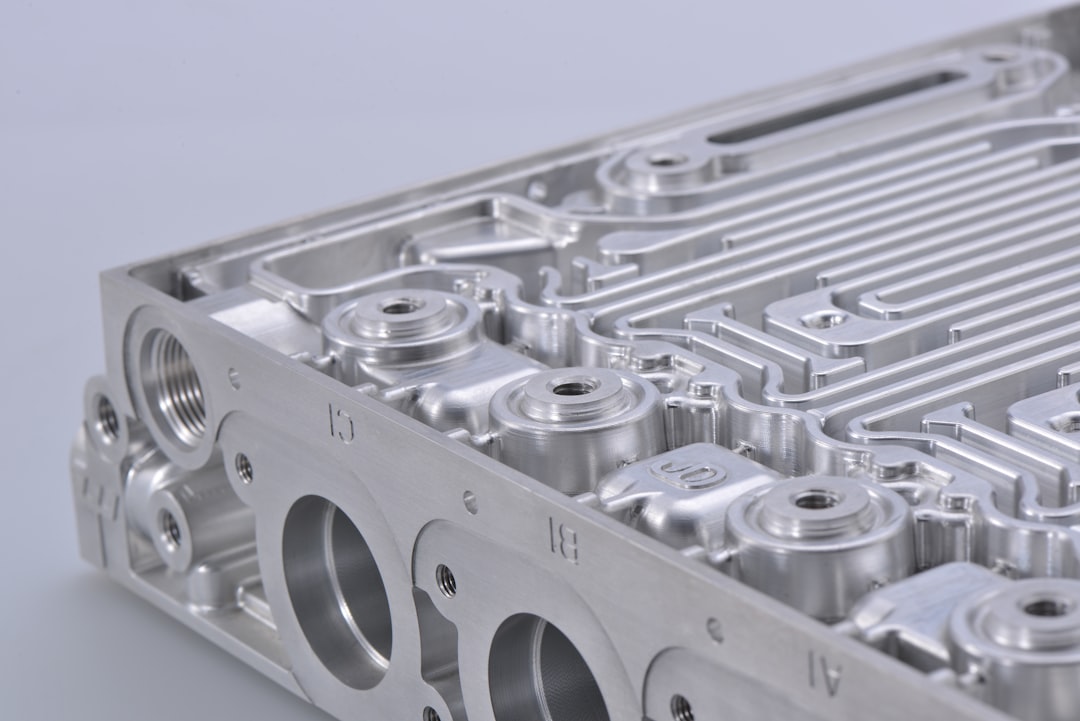What is it about?
In semiconductors, an electron in the conduction band can bind to a positively charged hole in the valence band through Coulomb interaction to form a collective excitation called an exciton. Experimentally, generation of the similar numbers of electrons and holes by light irradiation or electrical injection may lead to formation of inter-layer excitons with electrons and hole residing in different layers. Electrically generated excitons offer great opportunity for practical applications as they are compatible with the CMOS technology and possess exotic properties such as frictionless flow and quantum interference in their condensed states. However, these are usually achieved at low temperatures and/or under high magnetic fields. In this research, we propose that correlated electron-hole pair tunneling can occur at room temperature in a monolithic multilayer WSe2 device with bottom Au contacts without application of external magnetic field. Electron and hole conducting channels separated by an intrinsic, insulating region in the center of the crystal, are defined by doping. The monolithic vertical homojunction formed naturally in the bulk van der Walls crystal provides a defect-free interface structure which shows clear indications of correlated tunneling at room temperature. We interpret zero-bias peaks in the differential conductance curves as a signature of electron-hole pairing when their densities balance. The conductance peak vanishes when the electron and hole densities are unbalanced, which can be controlled by the external electrical field, magnetic field, or temperature.
Featured Image

Photo by Anton Maksimov 5642.su on Unsplash
Why is it important?
Excitons can condense into a collective quantum state known as an exciton condensate, which exhibits properties similar to the Cooper pairs in superconductors. Bose-Einstein condensation of excitons has been explored as a potential avenue for achieving high-temperature superconductivity. Although the evidence of exciton condensates was reported over the last decades in the epitaxially grown III-V semiconductor quantum wells, they only exist at very low temperature and/or high magnetic field due to the low binding energy and short lifetime of the excitons in these systems. This severely limits our ability to study novel physics, not to mention utilizing these systems for practical applications. Van der Waals (vdW) heterostructures, which consist of two-dimensional (2D) layered materials stacked on top of each other, has emerged as promising platforms for exploring exciton condensates and superfluidity at high temperatures owing to weak screening and strong Coulomb interactions. Indeed, the evidence of exciton condensation has been observed up to 100 K in a stacked vdW heterostructures consisting of the electron- and hole- layers separated by an insulating spacer. However, the fabrication of very clean interfaces structure with precisely aligned 2D crystals is challenging as the manual stacking processes could introduce defects, contamination, and other stacking imperfections, that interfere with the interlayer interactions between the electron and hole-carrier layers. Our results open an opportunity for realization of electrically controlled inter-layer excitons toward the room-temperature superfluidity in vdW materials with a simple, clean, and effective approach.
Read the Original
This page is a summary of: Signature of correlated electron–hole pair tunneling in multilayer WSe2 at room temperature, Applied Physics Letters, October 2023, American Institute of Physics,
DOI: 10.1063/5.0168887.
You can read the full text:
Contributors
The following have contributed to this page










